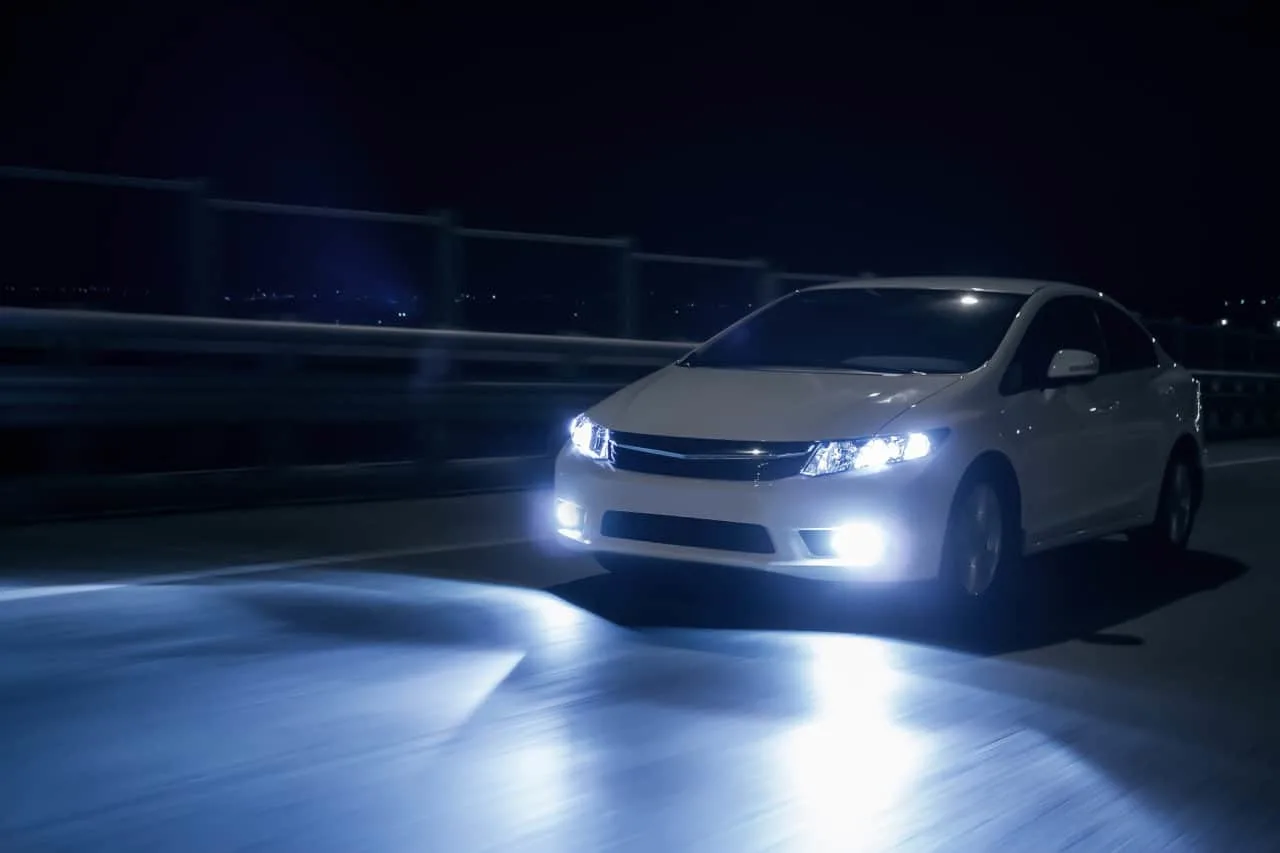HID Car Headlight System vs. LED Car Headlight System: Shedding Light on the Battle
Introduction: When it comes to car headlight systems, there have been significant advancements in recent years. Two popular options that have gained widespread attention are High-Intensity Discharge (HID) and Light-Emitting Diode (LED) headlight systems. Both technologies offer improved visibility and efficiency compared to traditional halogen bulbs. In this blog, we’ll delve into the pros and cons of HID and LED car headlight systems to help you make an informed decision when upgrading your vehicle’s lighting.
HID Car Headlight System: HID headlights, also known as xenon headlights, employ a gas discharge mechanism to produce light. They operate by passing an electric current through a gas-filled chamber, which excites metal salts and emits a bright, bluish-white light. Here are some advantages and disadvantages of HID headlights:
Advantages of HID Car Headlight System:
- Brightness: HID headlights produce intense illumination, offering excellent visibility even in adverse weather conditions.
- Color Temperature Options: HID headlights come in various color temperatures, allowing drivers to choose the lighting that suits their preferences.
- Longevity: HID bulbs typically last longer than traditional halogen bulbs, reducing the need for frequent replacements.
Disadvantages of HID Car Headlight System:
- Warm-up Time: HID headlights require a short warm-up period before reaching their maximum brightness, which can be a slight inconvenience.
- Glare: The intense brightness of HID lights can cause glare for oncoming drivers if improperly installed or aligned. This can potentially be a safety concern.
LED Car Headlight System: LED headlights have gained popularity due to their energy efficiency and longevity. Unlike HID headlights, LED lights produce light by passing an electric current through a semiconductor. Here are the advantages and disadvantages of LED headlights:
Advantages of LED Car Headlight System:
- Energy Efficiency: LED headlights are highly efficient, consuming less power than HID or halogen bulbs. This translates into lower energy consumption and increased fuel efficiency.
- Instant Illumination: LED headlights provide instant illumination without any warm-up time, ensuring immediate visibility when turning on the lights.
- Durability: LED bulbs have a long lifespan, outlasting both HID and halogen bulbs. They are also less prone to failure due to vibrations or shocks.
Disadvantages of LED Car Headlight System:
- Initial Cost: LED headlights tend to have a higher initial cost compared to HID or halogen bulbs. However, the long-term savings in energy consumption and replacement costs can offset this initial investment.
- Heat Dissipation: LEDs produce heat during operation, requiring proper heat management to prevent damage to the bulbs. Some LED headlight systems incorporate cooling mechanisms to address this concern.
Conclusion: Both HID and LED car headlight systems offer significant improvements over traditional halogen bulbs. HID headlights excel in brightness and color temperature options, while LED headlights boast energy efficiency and longevity. When choosing between HID and LED headlights, consider your preferences, budget, and the specific requirements of your vehicle. Ultimately, both technologies provide enhanced visibility and safety on the road, making them worthwhile upgrades for any car owner.
Re

